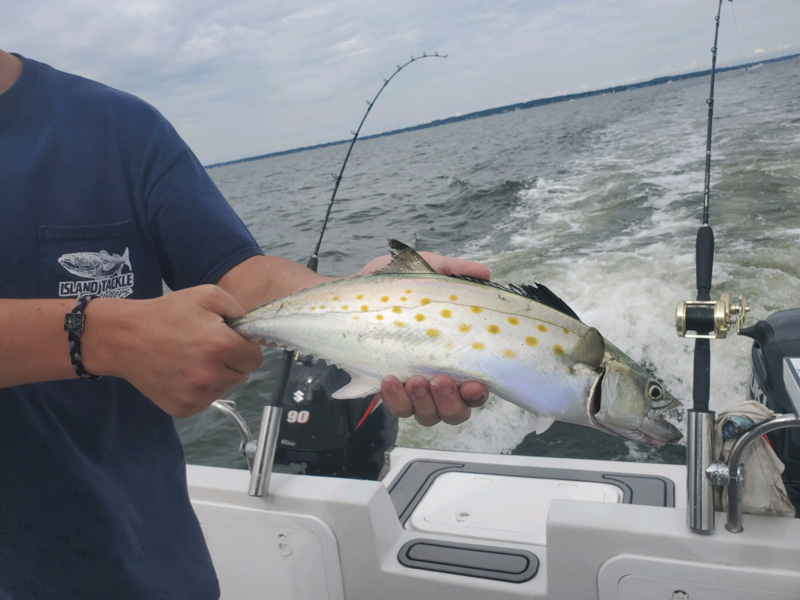Summer trollers know that pulling their lures behind planers is highly effective on a number of species, ranging from Spanish Mackerel to cobia. Planers, however, can be a real pain in the you-know-what. So whenever you plan on employing them use these three tricks to make your life easier — and catch more, bigger fish.

- Run larger planers (such as a Sea Striker Planer Size 3) closer to the boat, and smaller ones (like the Sea Striker Planer Size 1) farther behind the boat. As you stagger them, remember that if a forward planer gets tripped and rises to the surface without a fish on the line, it will pop up well aft of where it was running when set. So, you need to allow enough distance between the forward and aft lines to avoid getting a tangle when a forward planer trips. After setting out the aft planers, let out forward lines without setting the planer, until the lure gets danger-close to the aft lines (as you can count bars or otherwise keep track of the amount of line being set out). Then you can repeatedly set the forward planer lines at the same distance, knowing that if they get tripped you won’t end up with a multi-line snarl.
- If a planer regularly trips without any apparent reason, consider downsizing the spoon or lure. Often a lure that’s slightly oversized will cause false alarms. If you’re sure the lure size is ideal for the fish you’re trying to fool, you may need to up-size the planer, instead.
- When there’s a spoon running behind the planer, take added measures to reduce line twist. Use ball-bearing swivels only, not the cheaper barrel swivels that commonly don’t spin as easily. And instead of just putting one behind the planer and/or one in front of the spoon, cut your leader mid-way and tie in a swivel there, too. This is especially important if you’re trolling at fast speeds for species like Spanish mackerel, when spoons can cause massive line twist.